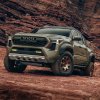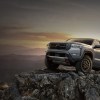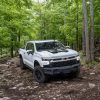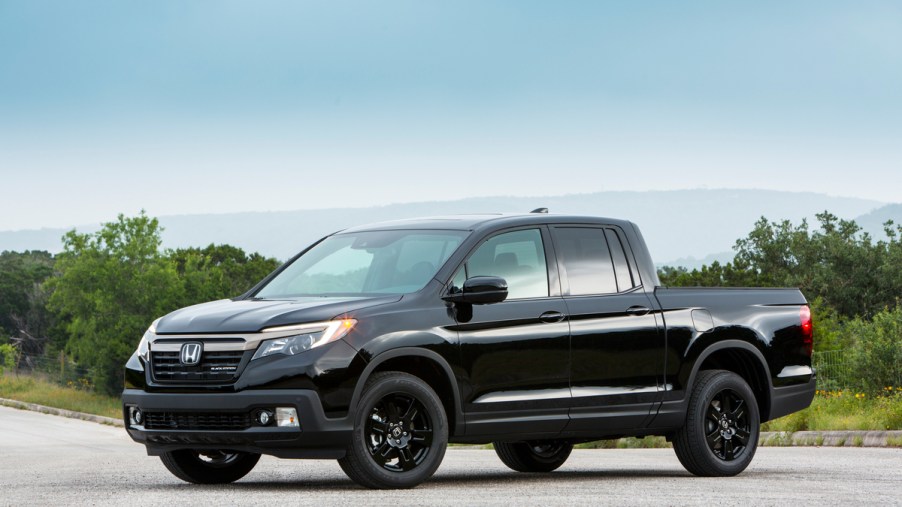
Does the Honda Ridgeline’s Unibody Make it a Better Truck?
It’s no secret that the Honda Ridgeline is a little bit different. It even sparks debates on if it can be considered a truck or not. But it’s marketed as a pickup truck, so that’s what we’re going with. However, is the 2020 Honda Ridgeline a better truck because of its unibody design?
Is the Honda Ridgeline a Good Truck?
The Honda Ridgeline has a unibody chassis, which is like a crossover. It shares underpinnings with the Honda Odyssey and SUVs like the Honda Pilot and Passport. But all a Unibody frame means is that the frame and chassis are one piece.
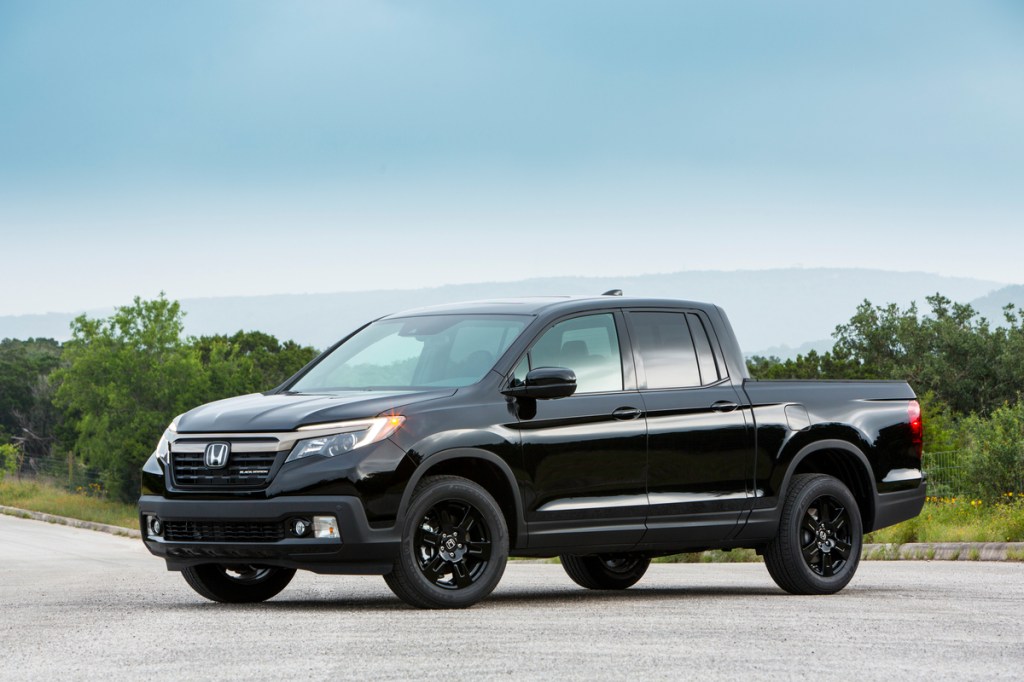
A body on frame truck has a separate chassis from the frame. A majority of trucks are built with a body-on-frame because it provides a higher ground clearance and allows for more off-roading capabilities. It also provides for more vehicle flexibility.
RELATED READ: Is the 2020 Jeep Wrangler Good for Family Road Trips?
When a truck goes off-roading, it needs to have the ability for each of the tires to be at different heights to crawl over rocks or mud. Also, a body-on-frame build allows trucks to tow more weight and to carry heavier payloads, and because the frame can be removed, these trucks are often easier to work on.
But Unibody frames have a few advantages too. Unibody frames are often lighter and provide a better fuel economy. Plus, unibody frames often offer a lower center of gravity, so they are less likely to roll over and score higher on safety crash ratings.
Unibody frames are often more rigid and incorporate a crumple zone, allowing the truck to absorb more impact in designated areas to protect the passenger cabin.
The Honda Ridgeline Unibody Frame Benefits
In the 2020 Honda Ridgeline, the unibody frame gives it a curvier, more confident look. Generally, body-on-frame vehicles are body and less aerodynamic. The Jeep Wrangler is a solid body-on-frame example of this.
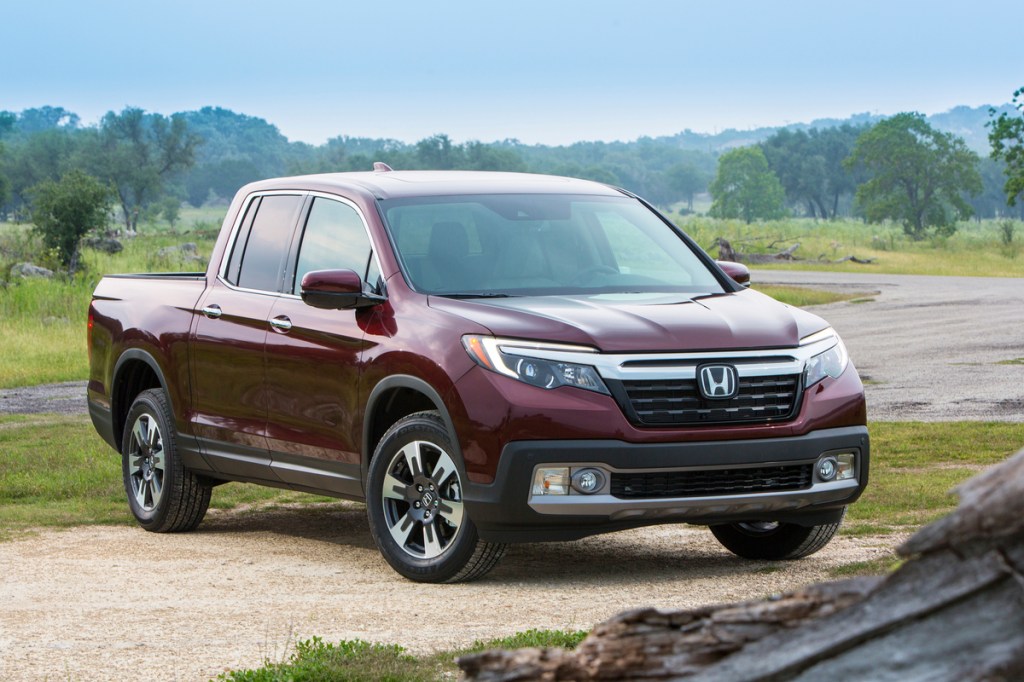
However, the Honda Ridgeline doesn’t seem to be more fuel-efficient with its lightweight unibody construction. It only gets up to 19 mpg in the city and 26 mpg on the highway.
This is the same fuel economy that the Ford Ranger can achieve with its body-on-frame chassis. But the Honda Ridgeline does receive praise for having a smooth ride and car-like handling. This is an advantage if you need a comfortable truck that also serves as your daily driver.
U.S. News loves the way the 2020 Honda Ridgeline rides but doesn’t enjoy how it’s less capable of work compared to its rivals. The Honda Ridgeline can only tow up to 5,000 lbs and has a maximum payload capacity of 1,568 lbs. The Ford Ranger can tow up to 7,200 lbs with the optional (and albeit rare) Max Trailering Package and carry a payload of up to 2,128 lbs. The fact that the Ford Ranger has an option that can surpass the Ridgeline puts the latter at a disadvantage when shopping, but not in a massive way.
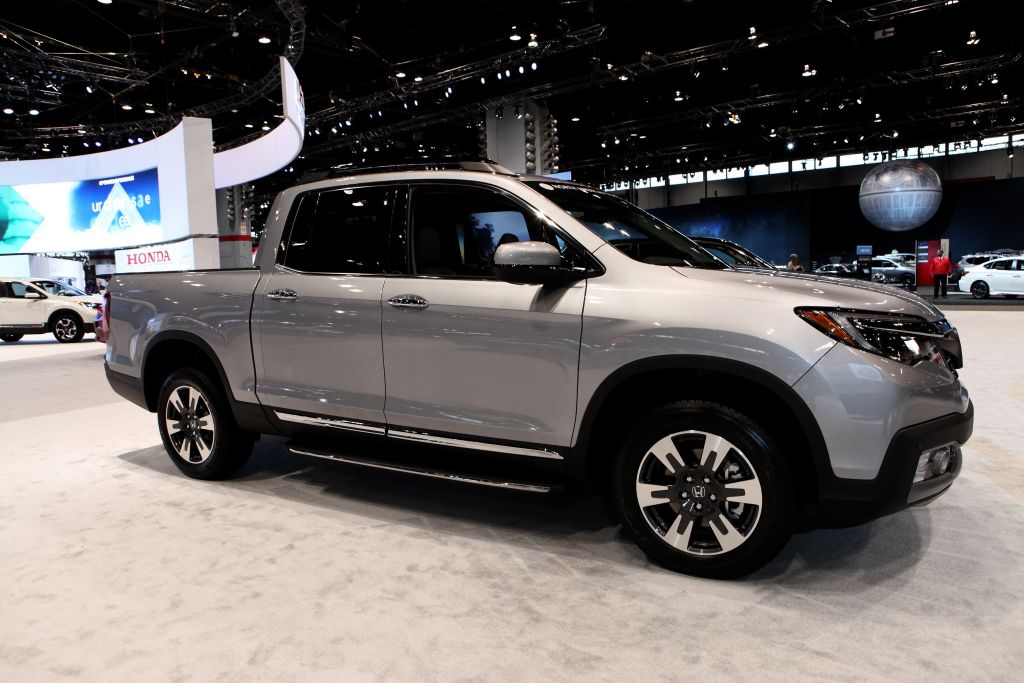
Also, the Honda Ridgeline only comes in all-wheel drive or front-wheel drive. It fails to offer rear-wheel drive and true four-by-four capabilities like it’s rivals. It should be fine for driving through a few inches of snow, but it could get stuck. Four-wheel drive is to help you get unstuck. The Honda Ridgeline also lacks driving modes for 4×4 low, snow, and more. So no, the unibody construction does not make it a better truck.
